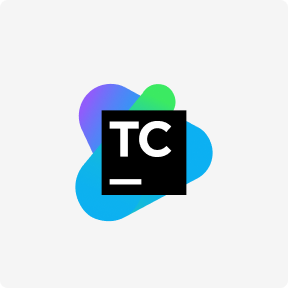You must provide for the ability to audit the overhead rate after the fact and adjust the billings to the actual rate incurred. Likewise, you cannot agree to pay all of the contractor’s costs plus a fixed rate of profit on the actual costs incurred. This price arrangement provides both parties with consistency, which may be advantageous for startups or small businesses with a flexible budget.

Truth be told, no matter how meticulously you prepare for the entire project – the perspective shifts when you see the working product. Will process your personal data in accordance with our Privacy Policy for the purpose of providing you with appropriate information. You should also look at the software firm’s technologies to see if they have the necessary competence to finish your project. To assess the vendor’s industry knowledge or competence, ask how many projects in your area they’ve completed and how challenging those projects were. To choose the correct outsourcing firm, read about its expertise in your field to ensure the vendor can manage the procedures and duties you will outsource.
More control over the timeline
The additional report covers the cost of materials — tools, hardware, additional expenses. The fixed-price agreement is a single-sum contract where a service provider is accountable for completing the project within the agreed sum set out in the bond. It can be an effective fixed price model vs time and material choice in those cases when requirements, specifications, and rates are highly predictable, elsewise the cost will be anything but constant. A client should be able to share his clear vision of the product with developers to ensure appropriate final results.
They pay the agreed-upon amount and don’t have to worry about anything else. That may be risky for the software development company, but they receive some pay upfront, so it’s a win-win situation. However, if anything changes while they’re working on a project and need additional money, they won’t obtain it unless their client is willing to negotiate. In the time and materials contracts, you pay for the hours the team spends on the software development. The price includes also the cost of the resources needed to build the application. When you call a software development company and ask what pricing models they offer, there are usually two answers – fixed price and time & materials.
When to choose a time and materials contract?
During the project, there will be several meetings with the team during which you can add suggestions and ask for modifications. This way, at the end of the project, you will receive a high-quality product that exactly fits your needs. Before choosing a fixed-time contract you need to schedule a meeting with the development team first, during which you will discuss all of the project specifications.
- Such a system allows service providers to predict project delivery dates, rates, and requirements.
- Certain projects follow the same formula with little room for deviation.
- It accommodates evolving requirements, fostering a collaborative atmosphere conducive to achieving a superior product.
- Close cooperation with the company helps you make decisions that result in a better product.
Both price schemes are widespread, but one would be more appropriate for your company’s IT requirements than another. In this example, the client and contractor have agreed on an hourly labor rate of $40/hr plus a materials markup percentage of 15%. This is followed by a guaranteed maximum price, stating the total dollar amount the client is unwilling to pass to complete the project. Some construction projects will have no choice but to exceed this amount to execute the job correctly. If a project exceeds this ceiling price, contractors are typically required to provide a revised estimate that factors in the cost increases.
Project Accounting
If you’re interested to know more about these types of engagement with a vendor, you can refer to another article written by ScienceSoft’s CTO on outsourcing models. For a fixed price project, a vendor prepares a project quotation that defines a complete scope of work and the cost and timelines for its delivery upfront. The fixed price contract naturally aligns with the Waterfall project methodology, where each stage follows after the previous one is finished. You pay the cost in installments as the project unfolds, with the payment schedule usually dictated by the project’s milestones and duration. The flexible and open nature of T&M contracts encourages vendor-client collaboration and cross-functional team efforts.

There are no additional costs, like in a fixed price model when you pay for a possibility that something might go wrong. There’s no need to worry that the mobile app development will cost more than expected. With a fixed price contract, you can be sure that you will get the product with no additional expenses. A time and materials contract is best suitable for projects that target big audiences, offer complex functionality, or provide a drastically innovation. Typically, if a client and development team is bringing new technology to the market, they might overlook a potential risk or a cheaper solution that might present later on. Time and materials formula takes these unforeseen events into account.
But here, you also agree that you won’t introduce any changes in the project throughout the cooperation. In the fixed-price agreement, the client already knows the total price for the entire project before it even begins. The initially set price should remain unchangeable throughout the project. In practice, a time and material contract thrives on constant communication and collaboration. Ideas flow freely, and the project’s direction can pivot with new insights and changing circumstances. The client pays for the costs of the work, rather than a predetermined fixed price.
Time and materials isn’t necessarily as reliable since it heavily depends on mutual trust, established between project stakeholders. In a way, this model relies on the experience of a development team and product owner. Fixed price offers reliable long-term estimates at the early stage of development, some teams also offer reimbursement.